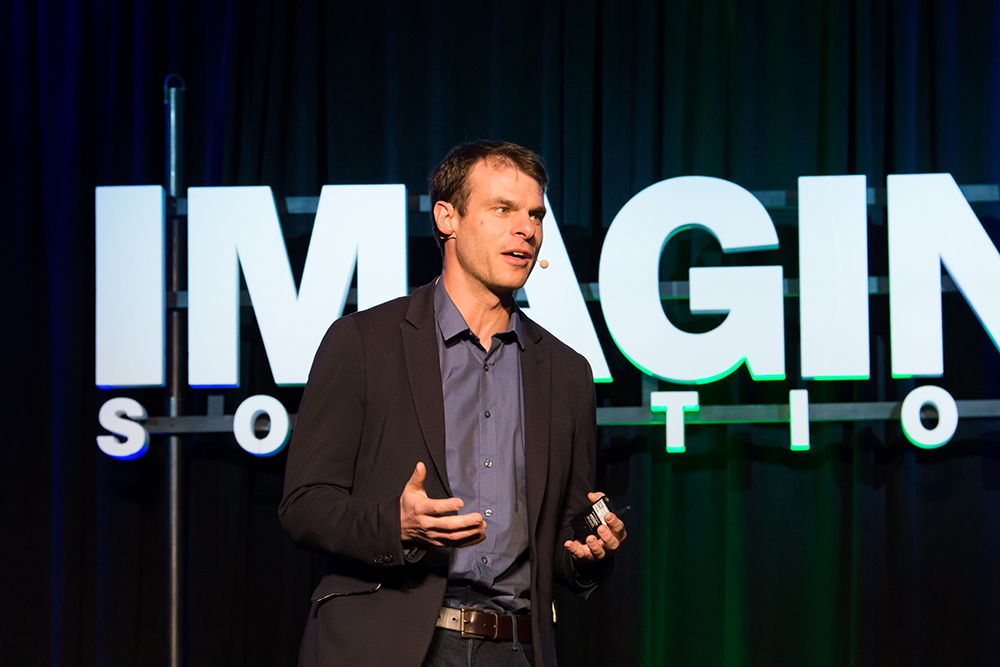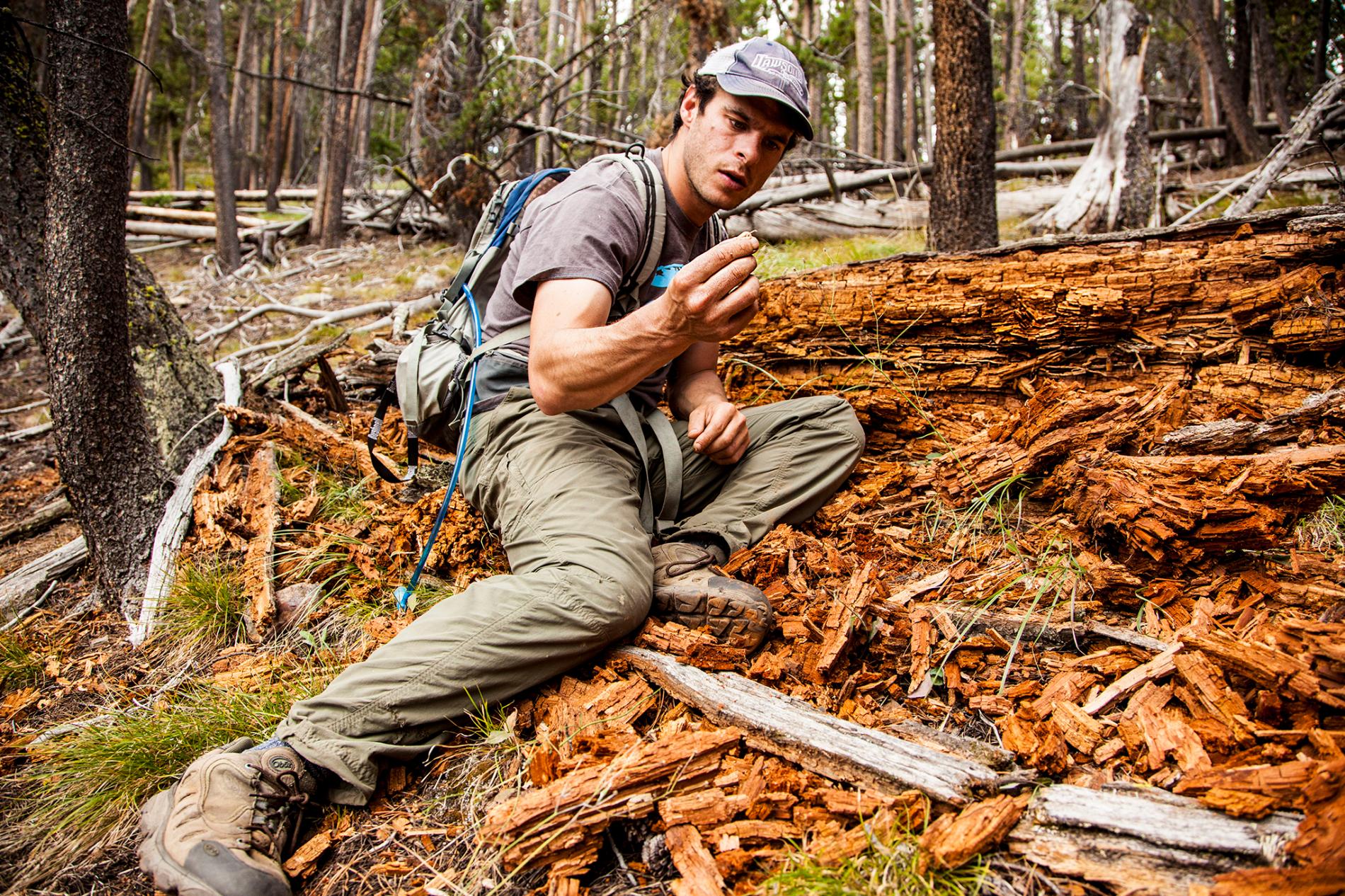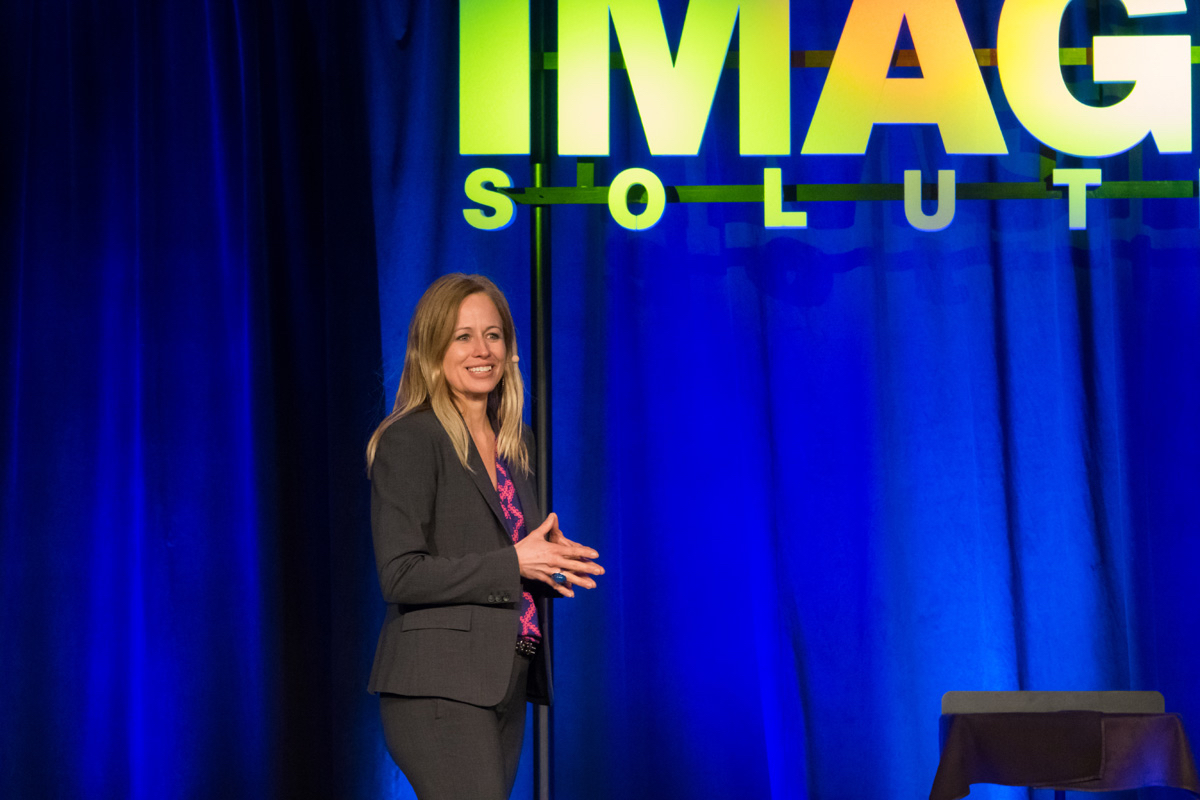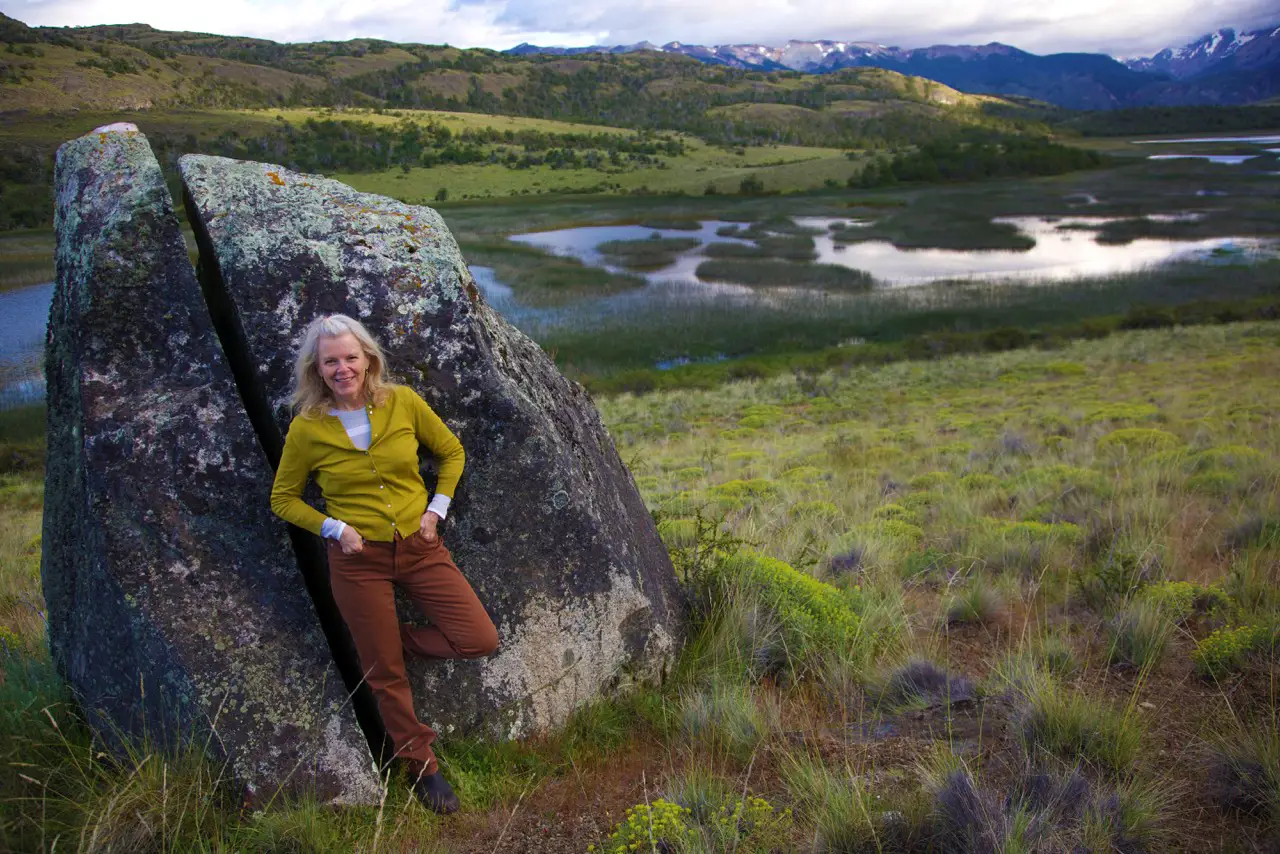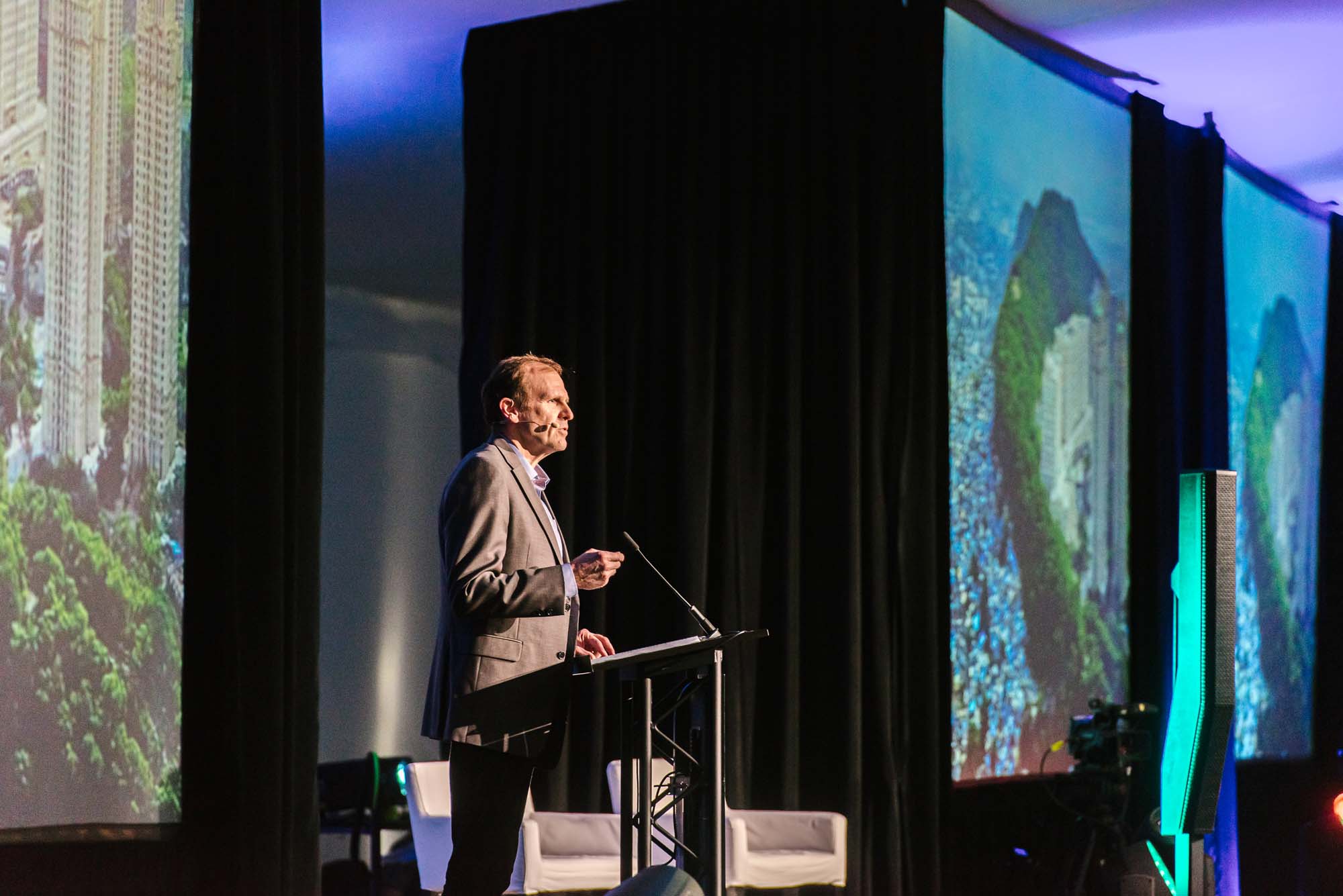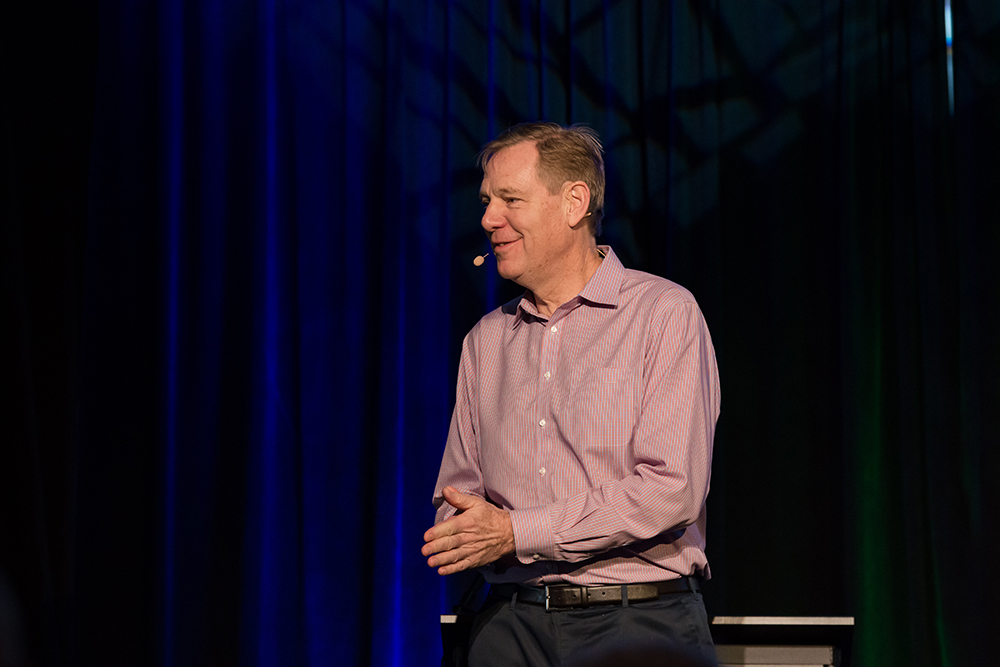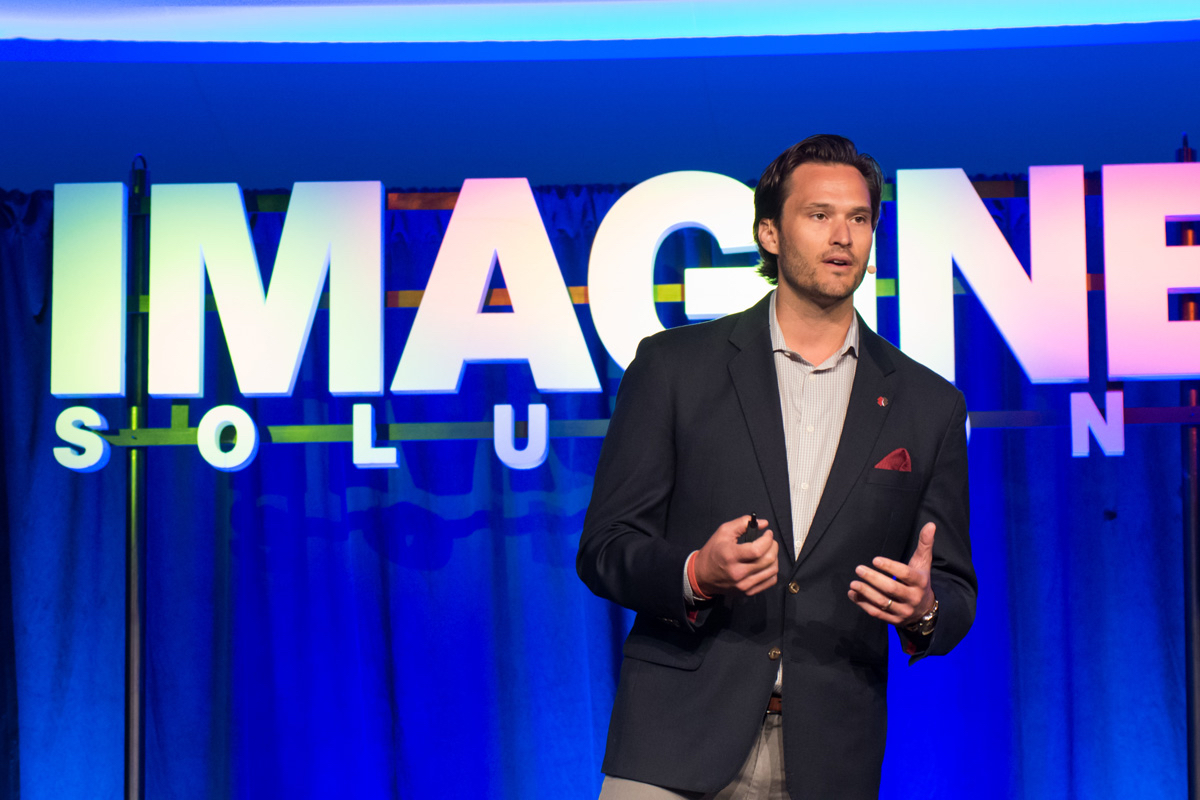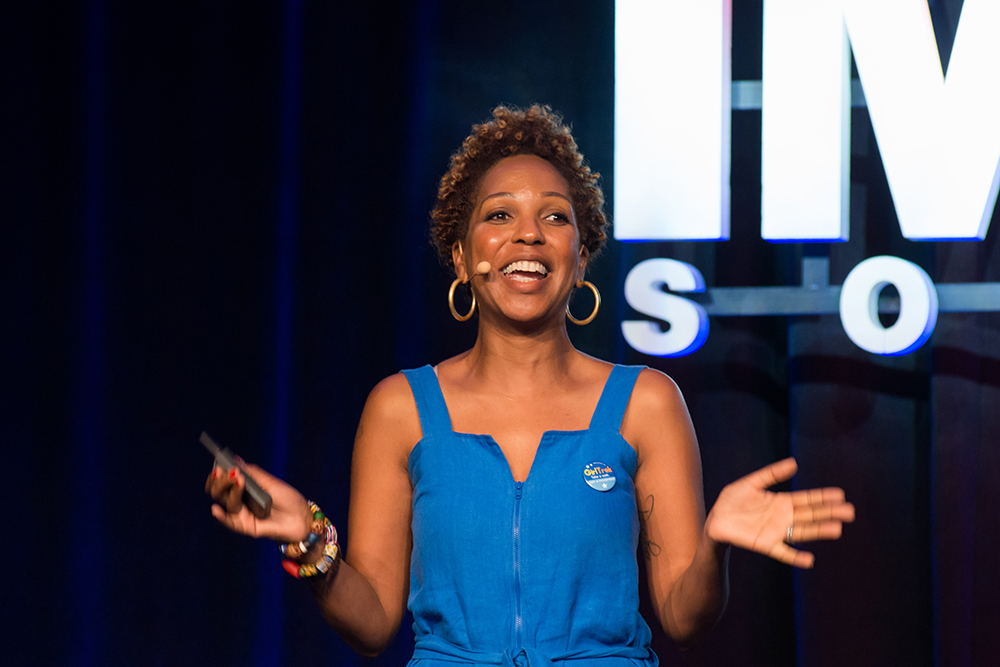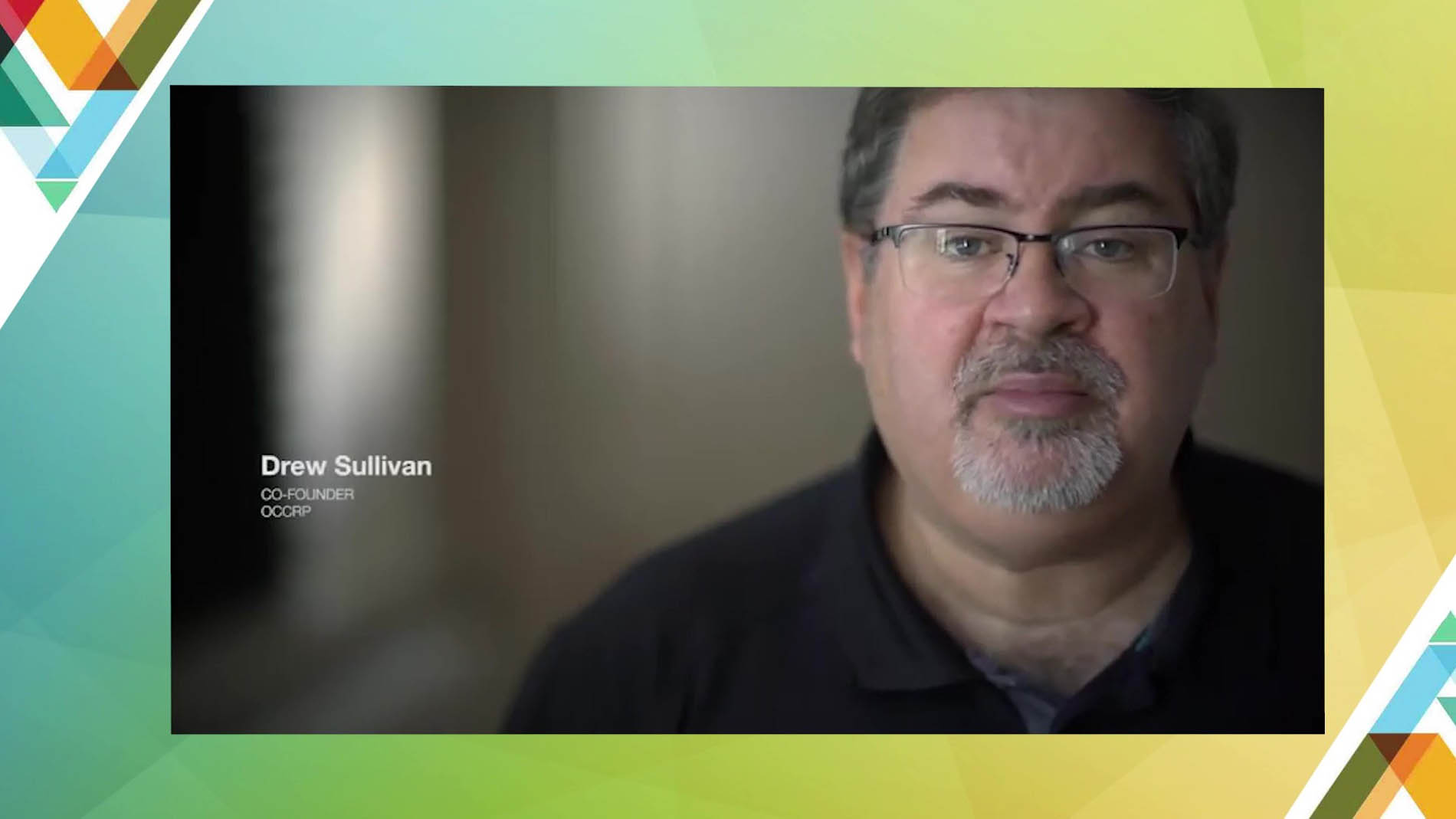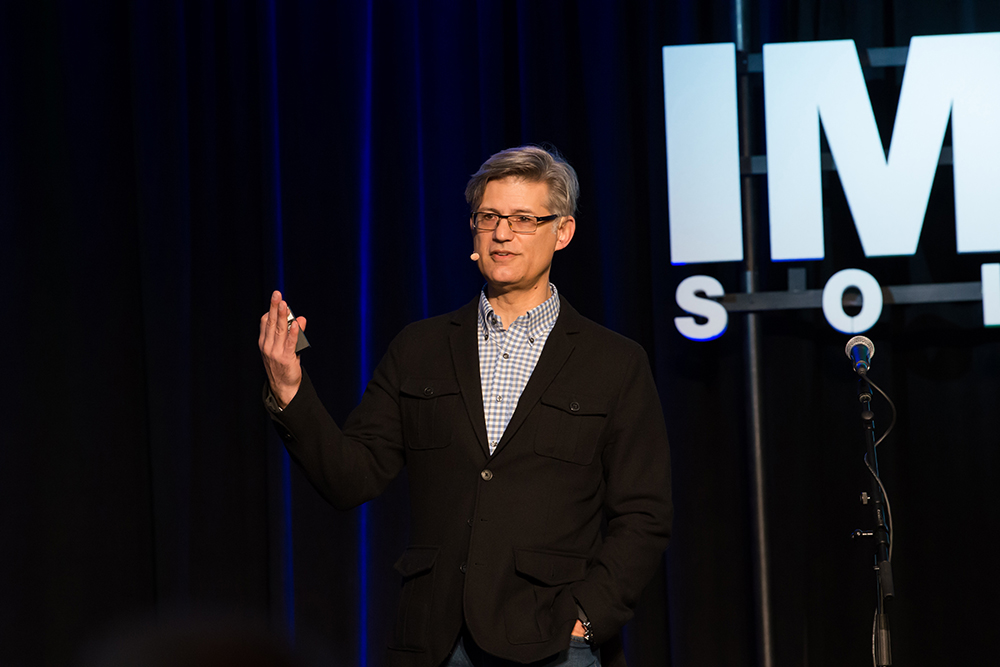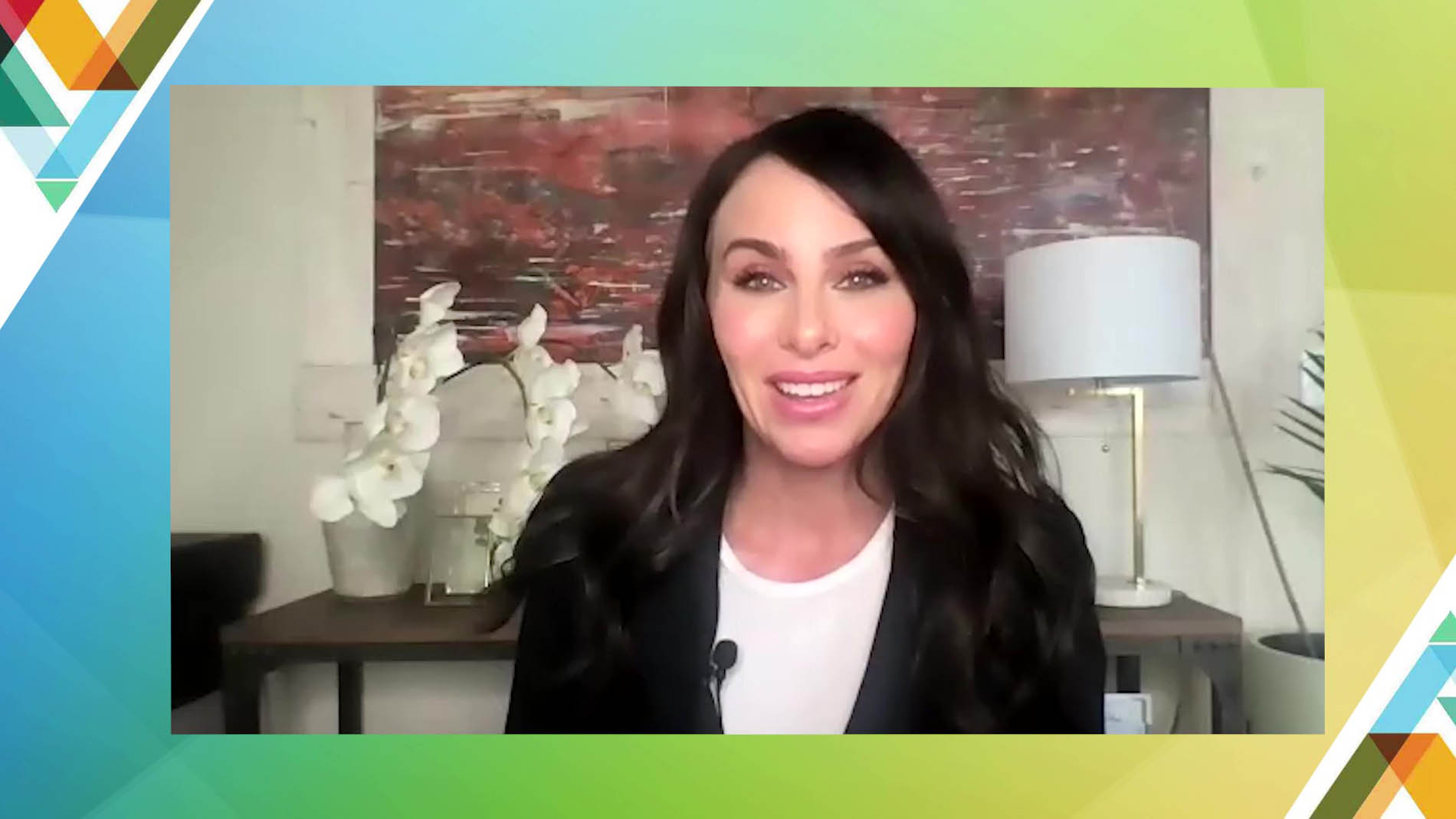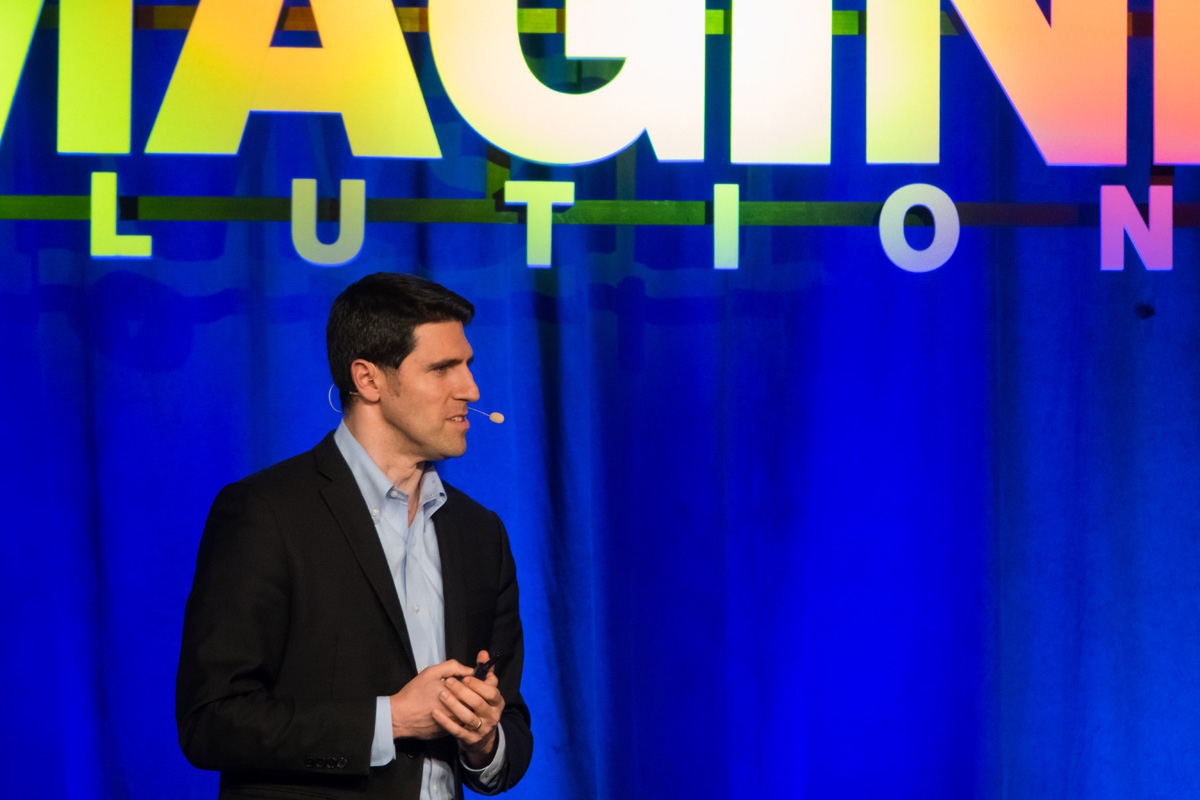Joining Scientific and Natural Exploration for a Cause
As an explorer, Gregg Treinish became captivated by combining his love for advanture and the need he increasingly recognized to contribute positively to the ailing ecosystems he encountered. Through Adventure Scientists, Gregg’s vision is to enable explorers and adventurers to function as frontline scientific researchers, gathering data from the world’s remotest points to contribute to analyses around water quality, the proliferation of plastics, endangered wildlife tracking, and related causes critical to our planet’s vitality. Adventure Scientists’ partners include leading-edge researchers, collaboratively working to solve some of our world’s most pressing environmental problems.
00.00
[Music] thanks so much you've made it to the bitter end these are my explorers the persistent ones thank you for staying I started my career as an explorer and I had the great privilege of seeing some of the most remote portions of our planet traveling places that others had never been before places that will stick with me for my entire life some of the most beautiful places on this planet some sucked do you like this one did from the Appalachian Trail which I hiked from Georgia domain to places deep in the Andes while I was seeing this beauty I was also exposed to so much challenge that we face as a planet with a coral bleaching or deforestation from illegal timber infringement on wildlife habitat
01.01
the snake slides a bit graphic for wildlife poaching shark finning or so many other challenges the problems we face as a society are massive and when I saw these things firsthand I became motivated to do anything I could to make a difference and that drew me to the sciences I started tracking links and Wolverines and grizzly bears I started learning about these places that I was exploring in order to find ways that I could protect them that I could work for their benefit I started taking Biological expeditions clonk combining my love of adventure my passion for exploration with science working directly with researchers who helped me develop protocols that could put me in the brain of a grizzly bear or a Wolverine and move as these animals move across large landscapes studying
02.00
infringment stew wildlife connectivity or their ability to move across in this case from Yellowstone to the Frank church in Idaho which is one of the last vestiges of will connected at left in the lower 48 states I had the opportunity to lead an expedition for National Geographic in Mongolia where we skied for 26 days across negative 15 degree temperatures hoping that maybe we would have the great fortune of seeing the tracks of one Wolverine if we were lucky well in the very first night we set up our tents went out for a quick ski and in the morning Wolverines had already walked over art ski tracks and for the next 26 days we skied collecting 33 sets of DNA from scat sand from hair we discovered what's probably the densest Wolverine population on the planet so it was making a difference I
03.00
was loving what I was doing is out there exploring I was passionate about what I was doing and yet I realized very quickly that there were tens of thousands of people like me who love the outdoors and if we could harness that power that collective will of people give them some basic training where they could go out and make a difference like I was the impact we could have would be so much bigger and so I started the nonprofit organization adventure scientists believing that if we could mobilize people in a common direction that we could make some lasting change in the world one of the things I've come to love about my work just eight years later is how fortunate I am to work alongside some of the most brilliant people on the planet working to solve some of our biggest challenges and I want to spend the rest of my time here really speaking to this quote from Paul Hawken it says that if you look at the science about what's happening on earth and you aren't pessimistic then you
04.00
don't understand the data but if you meet the people who are working to restore the earth and the lives of the poor and you aren't optimistic you haven't got a pulse I love that quote and I'm reminded of that every single day as I get to work alongside my heroes the people who are working to solve these challenges and so I'm going to start with dr. Mike Gilmore Mike is a the ahead of the Harvard wide consortium on antibiotic resistance and I met him over beers in Boulder where he was excuse me in Bozeman where he was on his sabbatical and where I live today and we're sitting up on this rooftop bar and Mike launches into a story that's really stuck with me ever since about bacteria this is his life's work and he's so passionate about it and as he explained it to me there's these kelp forests of bacteria that are sitting there waving in the wind and through these kelp forests our other bacteria with flagella
05.01
that are floating through them in there shooting serums that other bacteria that are putting out force fields and when they can penetrate these force fields they blow up the genes from that first bacteria and can consume those genes and actually take on their traits that's the coolest thing ever that's like zombies eating brains it's amazing it's actually got a name it's called lateral gene transfer and Mike had this hypothesis that if we could send explorers to the far corners of the planet places like the middle of Greenland where we collected arctic fox scat if we could collect insects from these places and scats from these places that we might be able to find the bacteria that first had these traits that first possessed antibiotic resistance and therefore through lateral gene transfer has passed that on to other bacteria and so we are on the hunt for the places that have never been exposed to human antibiotics before Greenland the middle of the
06.00
Amazon remote islands in the Pacific we collected insects from Uganda more than 110 countries we visited and brought back samples that Mike and his team have taken into the lab and using machine learning partnered with the Broad Institute another amazing researcher named Ashley Earle another one of my heroes they've been able to narrow the search for the genes responsible for antibiotic resistance and Enterococcus bacteria down to less than 90 genes they've asked us to go back out into the field and collect 10,000 more samples so that we can lower that threshold from ninety genes down to less than 20 so that they can start testing interventions against those 20 Jeanne's I feel so lucky to work alongside Mike on such an important issue another of my heroes Megan Parker Forney Megan is the science officer at the Forrest legality initiative at the World Resources Institute and when I met Megan she explained to me the breadth of the illegal timber harvest that happens
07.00
around the world so deforestation is responsible for about 15 percent of climate change by most estimates and illegal timber harvest is one of the leading causes of deforestation and as Megan explained it to me this is a criminal enterprise on par with the global heroin trade more than a hundred billion dollars of timber are stolen out of forests every single year that's staggering this is a massive massive issue so Megan and her team came up with a solution they imagined a solution they thought if we could create what are called genetic reference libraries for these different species of trees that are harvested out of these forests we could create a mechanism by which people could port officials suppliers buyers consumers by which people could instantly know what species of wood they were looking at where it came from and whether it was legally or
08.02
illegally harvested we do that by going out across the range of these sought-after species we collect tree cores like the ones you saw these two women collecting and when coupled with devices like the world's first handheld DNA sequencer which is on the available on the market today for less than a thousand dollars we can empower these officials to make it far more difficult to transport illegal timber around the globe another amazing project that I feel so lucky to be part of the next of our partners these amazing people that I want to introduce you to is Abbie borrows Abbie lives out in Maine and it is an incredible researcher that came to us concerned about plastics in our ocean something we've heard a lot about lately I'll let her tell you about that [Music]
09.00
five years ago we scooped up a half liter of water locally brought it back to the Institute looking under the microscope and seeing all these Technicolor pieces of plastic led me to think of all of these larger questions how is it affecting the ocean our drinking water our micro plastics everywhere but I couldn't answer those on my own so this is when I partnered with adventure scientists but venture scientists is a nonprofit organization that unites explorers and scientists to solve some of the world's most pressing environmental issues in which access to data is crucial to resolving them I worked with adventure scientists to Train adventurers who would be collecting data for me around the world I was able to get water
10.03
samples from the Antarctic and the middle of the Pacific through the process of working with adventure scientists I was getting closer to understanding the magnitude of this issue after analyzing thousands of samples from around the world we concluded that 74% of them contain micro plastic pollution micro plastics are one of the largest pollution problems that you've never seen without a venture scientist I would have never been able to even dream about this breadth of data that I've been able to collect the adventure scientist model lends itself to so many different projects whether it be micro plastics or forestry conservation or animal protection this is just the beginning
11.05
[Music] didn't that be awesome huh I'm gonna tell one more story about dr. rusty Rodriguez and this is a partnership that's very near and dear to my heart it was actually the very first partnership that we had as an organization and this came together when I met two climbers Willie and Damien Binet guess these are two world-famous Argentinian brothers that climb all over the world they guide
12.00
tons of trips each year and they had anecdotal evidence of plants up on Mount Everest so when they were going to Mount Everest they came to me and they asked if we knew any researchers that might be interested in them trying to find these so we scoured the literature and came across rusty and his team and when I talked to him he was overjoyed to have this opportunity so at the time the highest known plant life on Earth and elevation was about 17,500 feet so the idea that these plants could be up almost 5,000 feet higher than that was completely out of any realm of possibility rusty didn't believe it but we gave him a protocol we asked them to look systematically for this around camp to where they thought they had heard it and sure enough Damien and Willie were able to collect sound there so they were able to collect this moss up at 22,000
13.01
feet shattering the known record for the highest known plant life on earth and what rusty and his team discovered from this Moss is that there's actually nothing unique genetically about the moss itself but what they found were five fungi living symbiotically with this moss which was enabling it to uptake nutrients in this oligotrophic or low nutrient environment so fast forward seven years and rusty realized that he could take those same fungi to India and he could inoculate crops with these fungi across 600,000 acres last year they have successfully doubled crop yield it's scaling to 2.5 million acres this year all without the need for synthetic fertilizers in the midst of a growing population this project has the potential to feed the planet it can make our crops more resilient to climate change to droughts to floods and it will
14.02
impact millions and millions of lives I love that I get to work with these people it's amazing and none of this would be possible without our volunteers this is a collaboration between the scientists and the outdoor community two seemingly disparate communities these are people who come to us as hikers and bikers and climbers and skiers these are artists and musicians these are storytellers people who come to us wanting to use their outdoor experiences to make a difference we give them some basic training we give them the opportunity to pursue their passions and we found that 80% of our volunteers self-report they're more likely to pursue careers in conservation after getting involved with these projects this is a map of our successful expeditions that have gone out the starting-point of these and if you were to actually draw the routes of these expeditions all around the globe we'd cover the globe many times over
15.01
none of this would have been possible just a few years ago Quality Assurance and quality control is so important to what we do we can use things like GoPro cameras to watch protocols being followed in the field we can program our apps to remember to remind people to rinse their bottles and caps at least three times this is all stuff that is possible for the first time coupled with low cost sensors less than $500 we can now measure water quality in situ we can place things like camera traps and audio listening devices that use AI to single out species we can collect samples and send them to the lab where AI and machine learning can isolate genes and learn far more than we ever could have in the past so again these are my heroes these are our partners and every single one of them has something in common that they've come to us willing to step outside of their traditional fields outside of the way science is
16.00
traditionally done they're people like Lisa who Leske and Betsy Howell like Natalie Kerr Wald and Drago saw her rescue the Randi Matchett who's reintroducing the black-footed ferret to the American prairie Roman Duyvil who's studying glaciers and ice worms and tropical forests around the world Ed Espinoza the US Fish and Wildlife Service KT predict these are people who have recognized that by looking far afield from their traditional practice by looking to something seemingly so disparate like adventure that we can collaborate and rally together to solve incredible problems our job as leaders is to galvanize people and move people in one common direction towards a goal and every single one of these people has chosen to step outside of their traditional roles and do that so as each of you go home from this conference and
17.01
think about your missions and what you're working on don't just look to your field look at your collaborators today and don't just look a jayson to your field think about how you can expand that network think about how you can look far beyond the traditional means of getting things done to rally us together and move us in one common direction towards solving so many of these issues I feel so lucky to get to work alongside these people these are my heroes these are the people that keep my heart beating and these are the people that keep me optimistic every single day you guys are solving these problems and you keep me optimistic every single day thank you so much for rallying through a very long day to hear this final presentation I hope you will reach out I hope you will get involved in our work we need each and every one of you from business from education from the arts to come and join our team I'll be here for
18.00
a while and look forward to talking about how we can work together to imagine solutions thanks [Applause]

